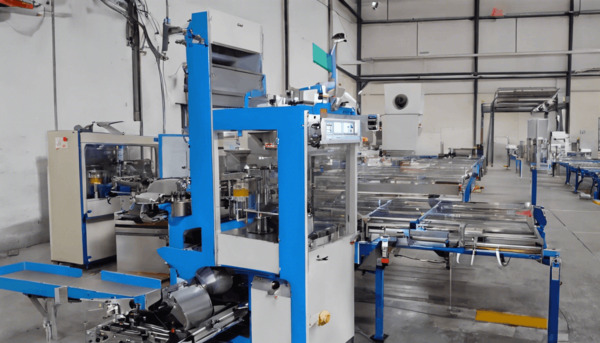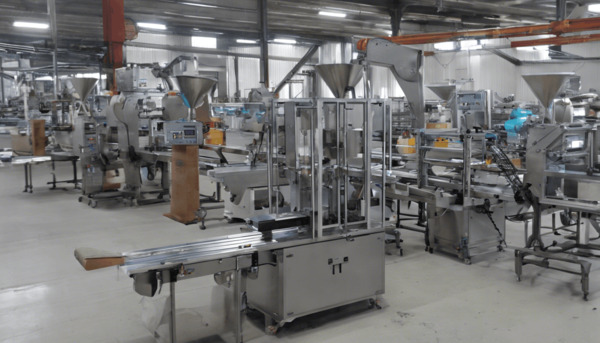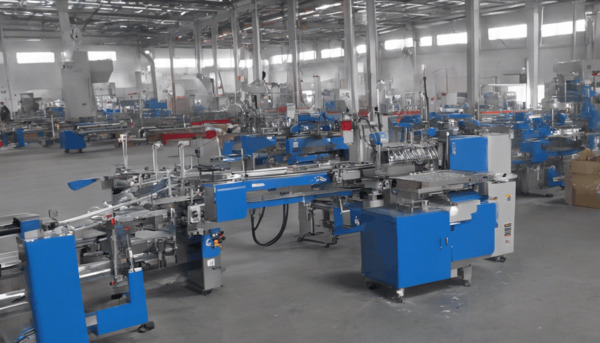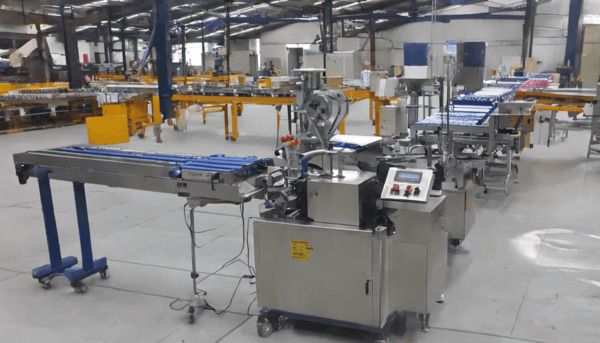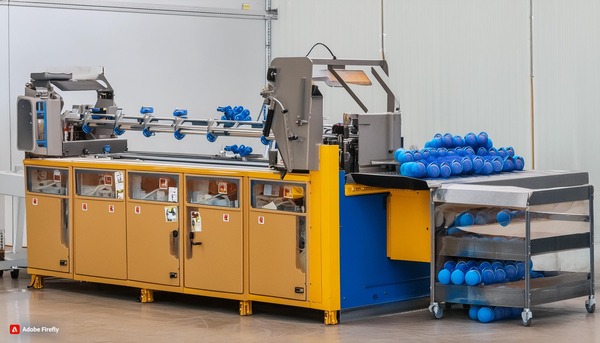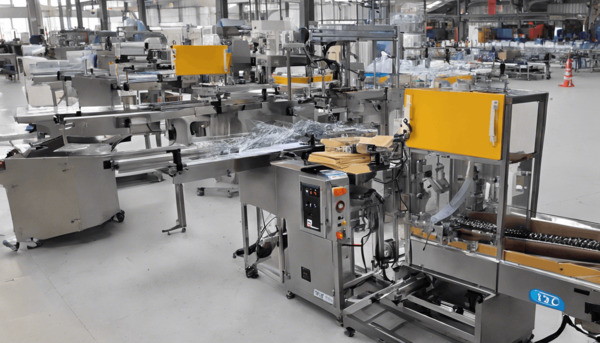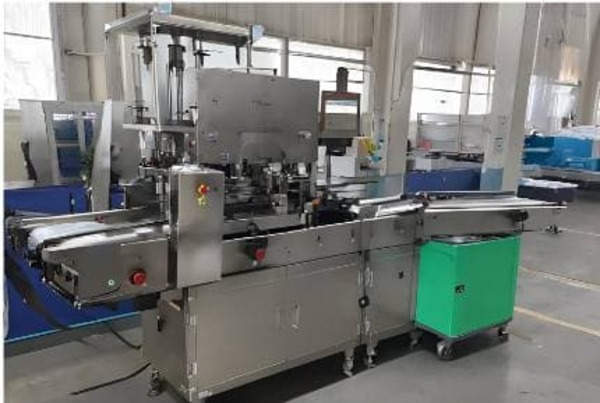
Understanding the Cost of Flow Wrap Packaging
Flow wrap packaging, also known as horizontal form-fill-seal (HFFS) packaging, is a popular method used across various industries for wrapping products in a continuous roll of film. This packaging solution is widely used for its efficiency, versatility, and ability to maintain product freshness. However, the cost of flow wrap packaging can vary significantly based on several factors. In this comprehensive guide, we will explore the different components that contribute to the cost of flow wrap packaging and provide insights into how businesses can manage these costs effectively.
Factors Influencing Flow Wrap Packaging Costs
The cost of flow wrap packaging is influenced by a variety of factors, each contributing to the overall expense. Understanding these factors can help businesses make informed decisions and optimize their packaging processes. Below are some of the key factors that impact the cost of flow wrap packaging:
1. Material Costs
The type and quality of the packaging material used in flow wrap packaging play a significant role in determining the cost. Common materials include polyethylene, polypropylene, and other specialized films. The choice of material depends on the product’s requirements, such as barrier properties, strength, and printability. High-quality materials with advanced features like UV protection or moisture resistance tend to be more expensive. Additionally, the thickness of the film and the amount of material used per package can also affect costs.
2. Machine Costs
The cost of flow wrap machines is another significant factor. These machines vary in price based on their capabilities, speed, and level of automation. High-speed machines with advanced features such as automatic film splicing, print registration, and integrated quality control systems tend to be more expensive. Businesses must consider their production volume and specific packaging needs when selecting a machine to ensure they are investing in the right equipment.
3. Labor Costs
Labor costs associated with operating and maintaining flow wrap machines can also impact the overall packaging cost. The level of automation in the packaging process can influence labor requirements. Highly automated systems may require fewer operators, reducing labor costs, while manual or semi-automated systems may need more personnel for operation and maintenance.
4. Production Volume
The scale of production is a crucial determinant of packaging costs. Larger production volumes often lead to economies of scale, reducing the cost per unit. Businesses with high production volumes can negotiate better rates for materials and may benefit from more efficient use of machinery, further driving down costs.
5. Customization and Design
Customized packaging designs, including branding, graphics, and unique structural features, can increase costs. Custom printing and design work require additional setup and production processes, which can add to the overall expense. However, these elements are essential for brand differentiation and consumer appeal, making them a worthwhile investment for many businesses.
6. Additional Features
Additional features such as resealable closures, tear notches, or perforations can enhance the functionality of flow wrap packaging but may also increase costs. These features require additional materials and processing steps, contributing to the overall expense.
Strategies to Manage Flow Wrap Packaging Costs
To effectively manage flow wrap packaging costs, businesses can implement several strategies. These strategies focus on optimizing materials, machinery, and processes to achieve cost efficiency without compromising quality.
1. Material Optimization
Choosing the right material for the product’s specific needs can help reduce costs. Businesses should evaluate the material’s properties and select options that provide the necessary protection and performance at a lower cost. Additionally, optimizing the thickness of the film and minimizing waste during production can further reduce material expenses.
2. Investing in Efficient Machinery
Investing in modern, efficient machinery can lead to long-term cost savings. High-speed machines with advanced automation features can increase production efficiency, reduce downtime, and minimize labor costs. Businesses should assess their production needs and invest in equipment that aligns with their operational goals.
3. Streamlining Operations
Streamlining packaging operations through process improvements and lean manufacturing techniques can enhance efficiency and reduce costs. Implementing regular maintenance schedules for machinery, optimizing workflow, and reducing changeover times are effective ways to improve operational efficiency.
4. Volume Discounts and Supplier Negotiations
Negotiating with suppliers for volume discounts on materials and services can lead to significant cost savings. Building strong relationships with suppliers and exploring bulk purchasing options can help businesses secure better pricing and terms.
Conclusion
The cost of flow wrap packaging is influenced by a range of factors, including material selection, machinery, labor, production volume, and customization. By understanding these factors and implementing cost management strategies, businesses can optimize their packaging processes and achieve cost-effective solutions. While initial investments in efficient machinery and high-quality materials may be higher, the long-term benefits of improved efficiency, reduced waste, and enhanced product appeal can outweigh the costs, providing a competitive advantage in the market.
